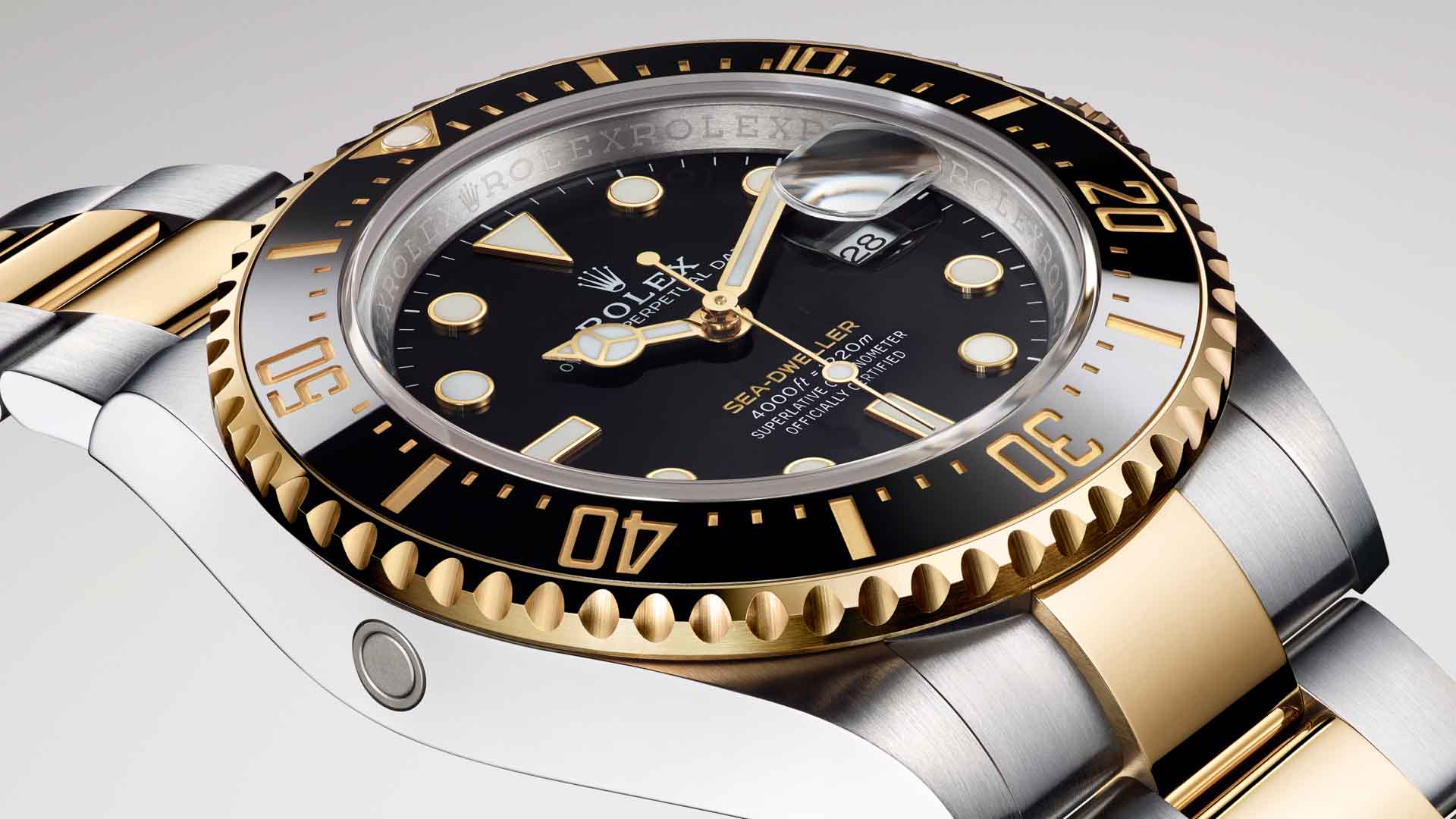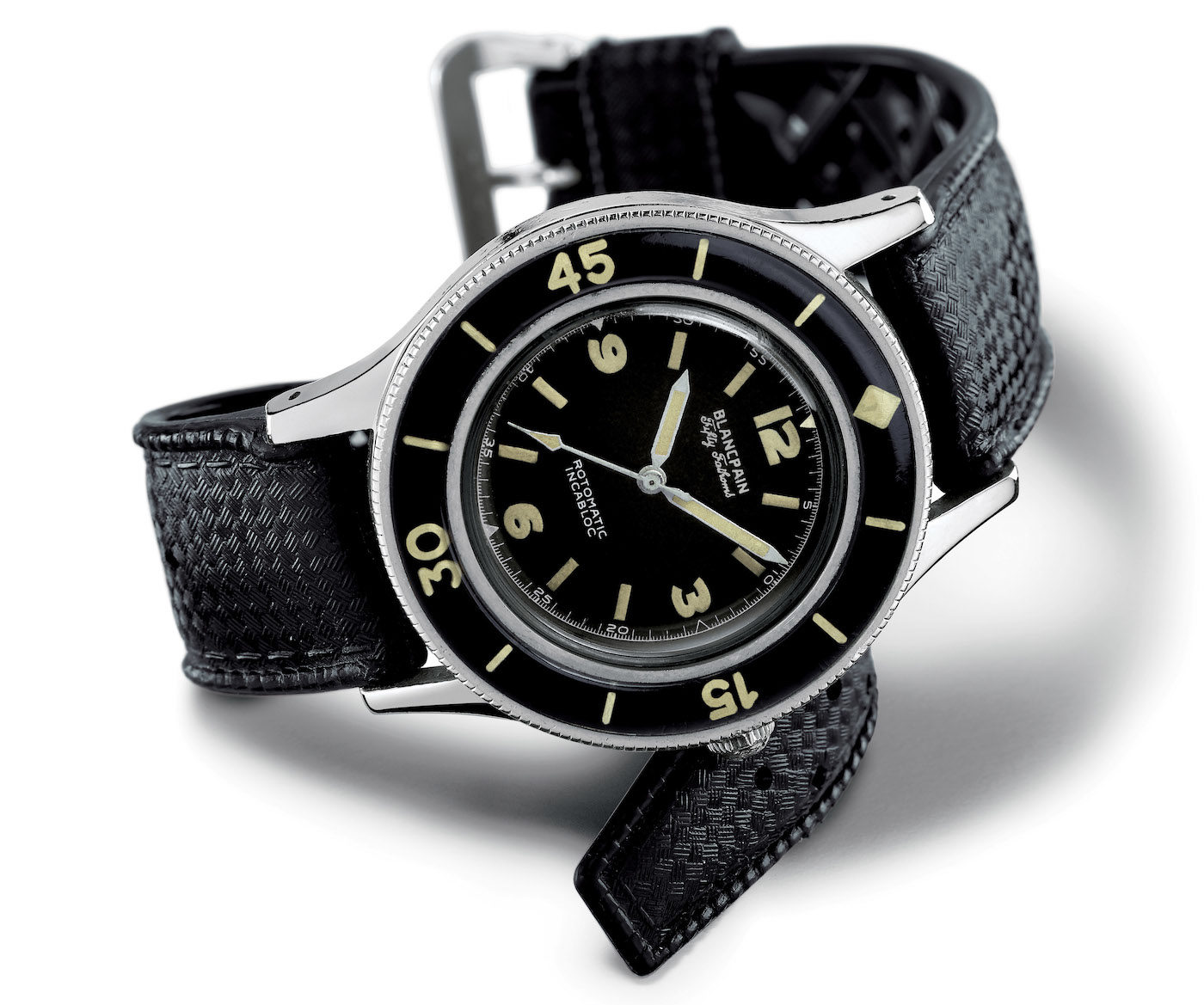
The humble wristwatch — especially of the mechanical variety — has, according to my logic, entered the age of functional jewelry. The operative notion here is that, rather than wristwatches being relied upon for their performance in utility, they are rather highly communicative objects we wear in order to project something about ourselves. It isn’t to say that watches cannot still be tools, but it isn’t why they are mostly being bought.
In reality, the switch from watches being products to satisfy a utility need in the market versus as functional jewelry happened some time ago — when only a few people were noticing. (And the memo was never delivered to the men and women who actually make most watches.) This aforementioned neglect of higher-ups to inform the rank and file watch industry workers that the result of their labor wasn’t really being appreciated for its functionality was the cause of great confusion. To this day, many people producing wrist watches are only vaguely familiar with why people buy the fruits of their labor.
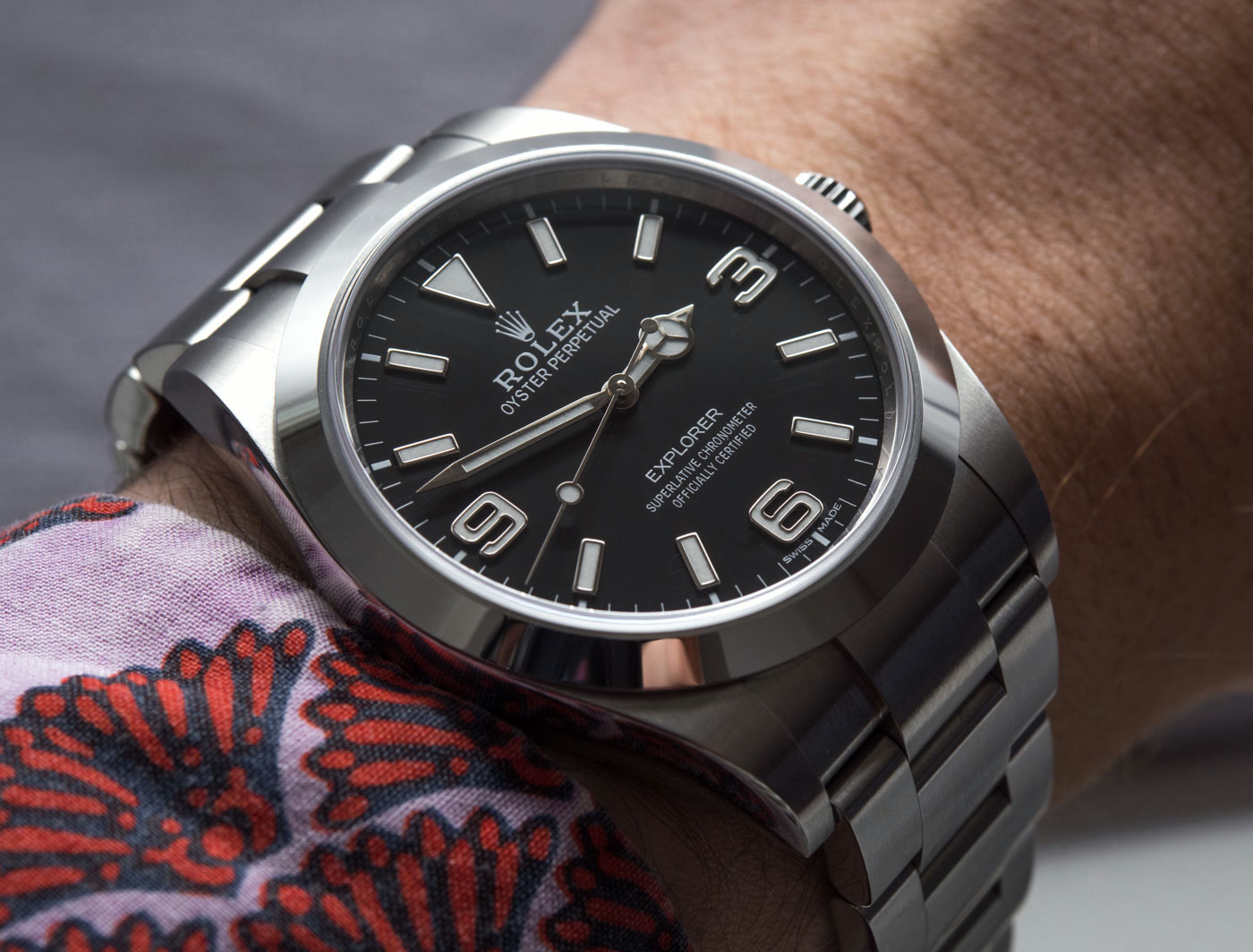
This latter point is remarkably amusing when you think about it. Any time someone produces something so intensely complicated as a watch and has such a loose grasp on why someone would want to buy it is pretty funny. I do not feel as though I am overstepping by suggesting that many people in Switzerland can’t accurately tell you why someone buys a luxury watch to begin with, and then why one might buy their watch versus some else’s product. I’d love to spend more time musing on this fact, but for now, just keep it in mind.

When you produce a tool, you understand its role in the market because you can evaluate it from a price and performance perspective as compared with other similar tools on the market. Tools operate within measurable standards such as “operations per minute” or service life. It requires mastery of great tools to make good watches and, for that reason, great watches end up being good tools. What happens, then, when people like owning and carrying those tools around but they no longer need to use those tools or perhaps they end up getting other tools which make solo-purpose tools a bit redundant? Wrap your mind around this a for a moment and you’ll appreciate how this relates to the last 30 years in the wristwatch market.
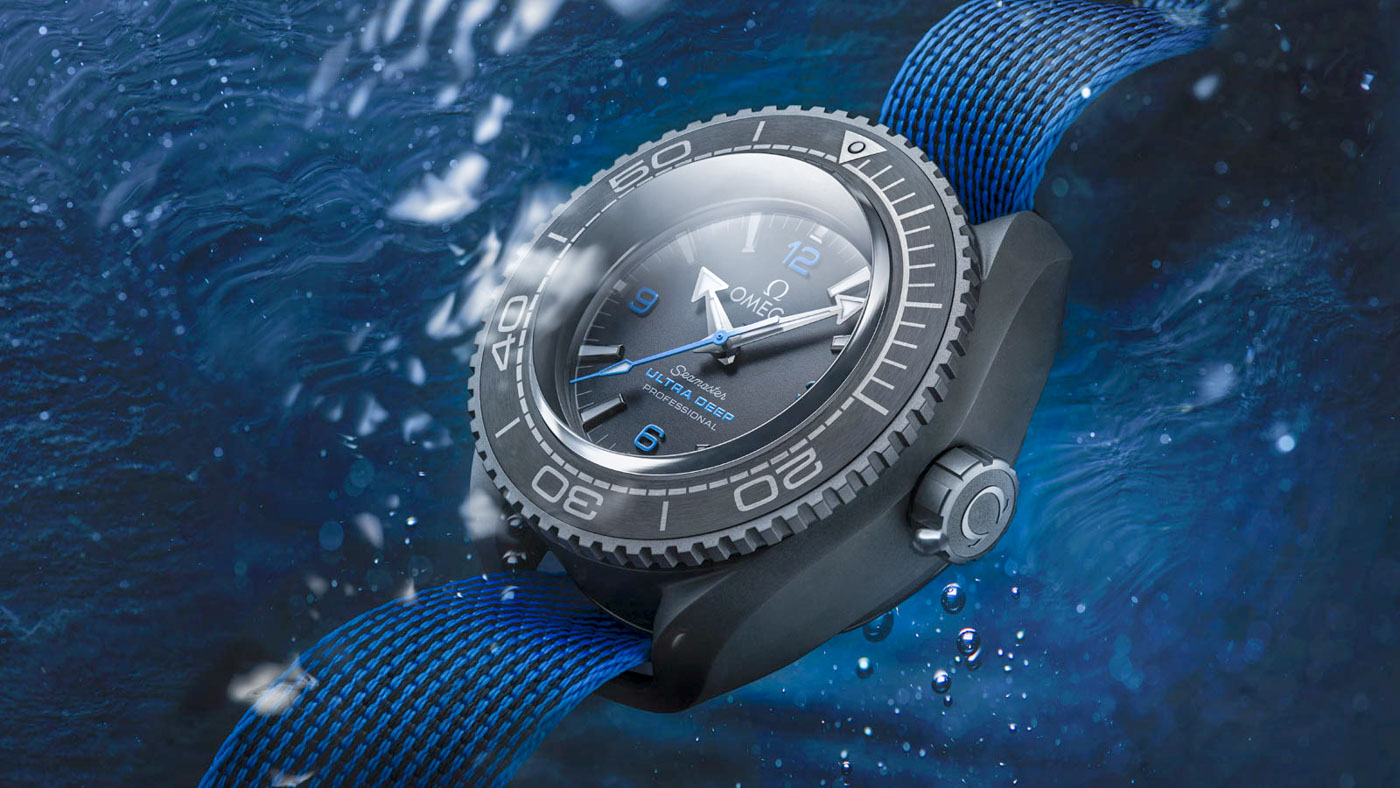
Being functional jewelry is what saved the traditional watch industry in the 1980s and 1990s and why the world continues to have “luxury watch fever.” Functional jewelry is what Rolex and Cartier mostly sell to men and what has allowed for there to be an industry for wearable men’s status items (for all but the most flamboyant and opulent of men who can get away with wearing non-functional jewelry).
What is “functional jewelry” exactly? “Functional” implies that the wearable item has some utility (no matter how trivial), as opposed to doing absolutely nothing aside from covering your skin. A shirt, for example, has the function of keeping you warm, but people don’t tend to choose clothing based exclusively on its ability to protect them from the elements. The function of most timepieces is telling you the time. Sure, plenty of watches do that, but the functional value of these items is in the information they conveniently display on your wrist.
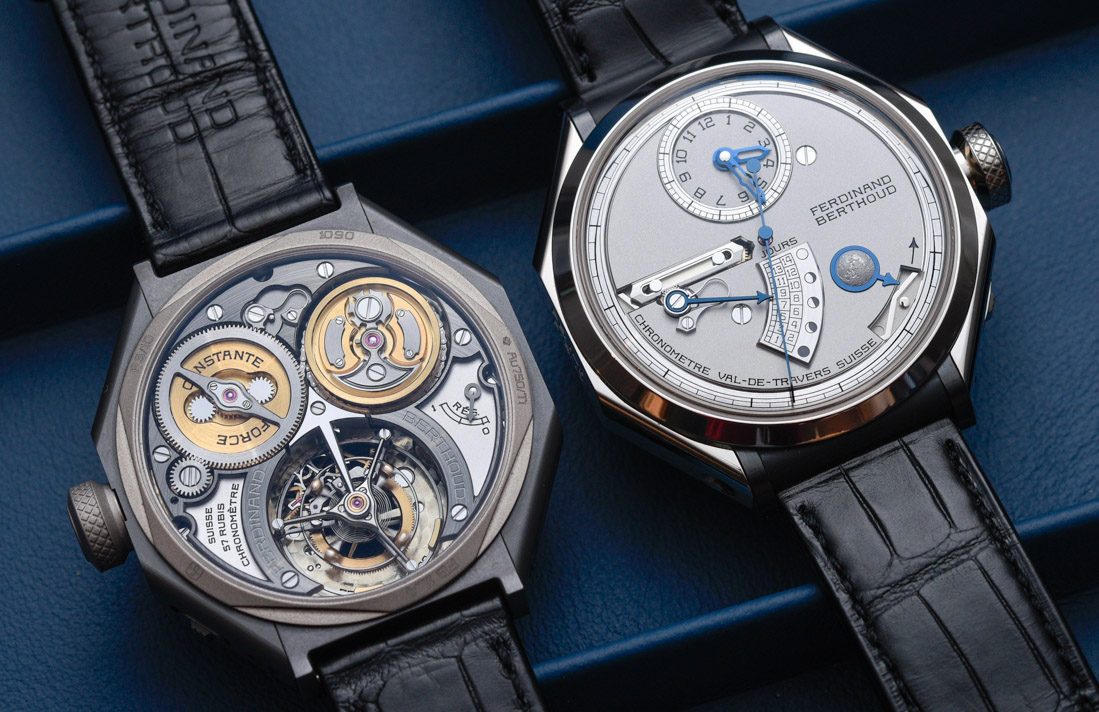
How do you define or measure jewelry value? Here is where things get deeply psychological and annoying for data-hungry marketers who mistakenly believe the value of everything can be easily measured. Even most dictionaries have an extremely poor definition of the term “jewelry,” more or less explaining it as “jeweled or ornamental pieces worn for personal adornment.” What exactly does that tell you about the function of jewelry? Very little.
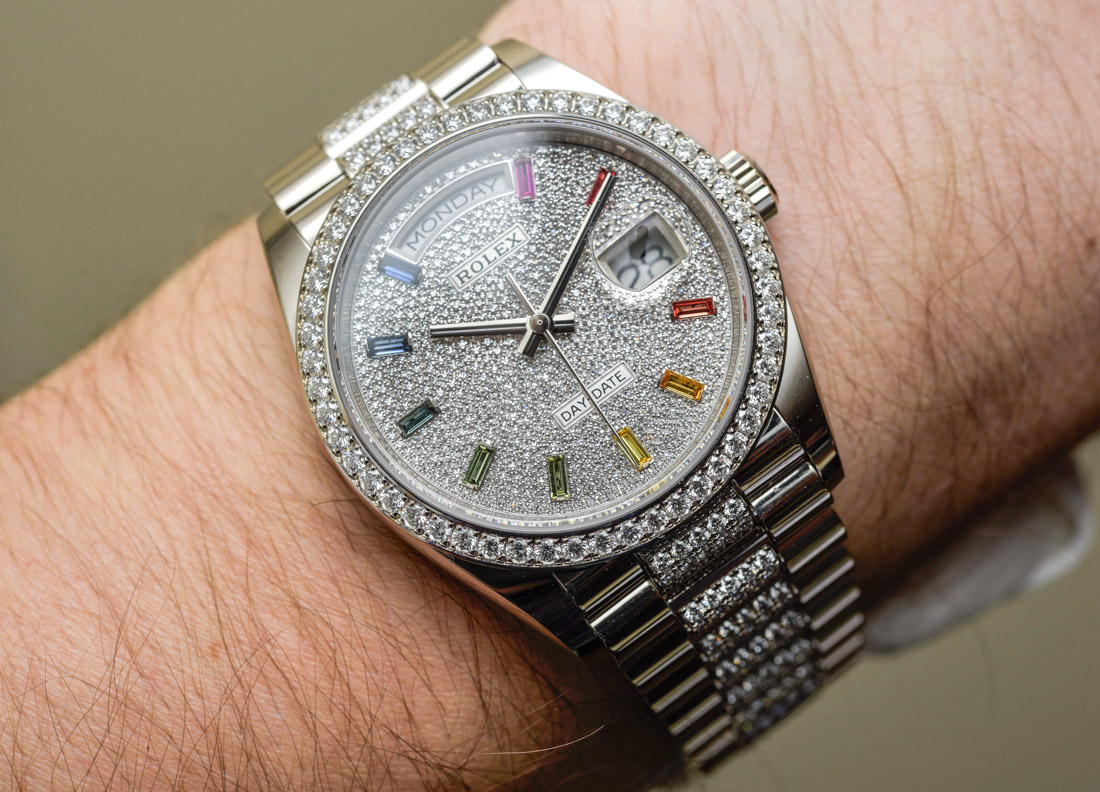
Some men shun wearing jewelry because the concept is seen as feminine. Clearly, in Western society, women are seen as being primarily interested in wearing non-functional items to enhance their sense of beauty, poise, and status. Men, for the most part, aren’t able to get away with such behavior unless (ironically, in pure Calvinist tradition) those items have a functional excuse for being needed. (“Well, of course, I need to see the time in a theme-appropriate package on my wrist while flying my plane.”) Men do wear jewelry but they simply don’t call it that. We like the terms “gear” and “stuff,” but when it comes down to it, all the gear and stuff which exists outside our pockets is probably functional jewelry. And, like all jewelry, its specific design and execution give it communicative value.
The thesis here is that watches need to be treated (for the most part) like functional jewelry in order to sell them. Good watches, however, are born not as functional jewelry, but as wearable tools. How, then, can the watch industry proceed into the great unknown of the 21st century by successfully doing both at the same time? I ask because right now the dialectic between tool watches and functional jewelry might be causing more strain in the industry than just value.

